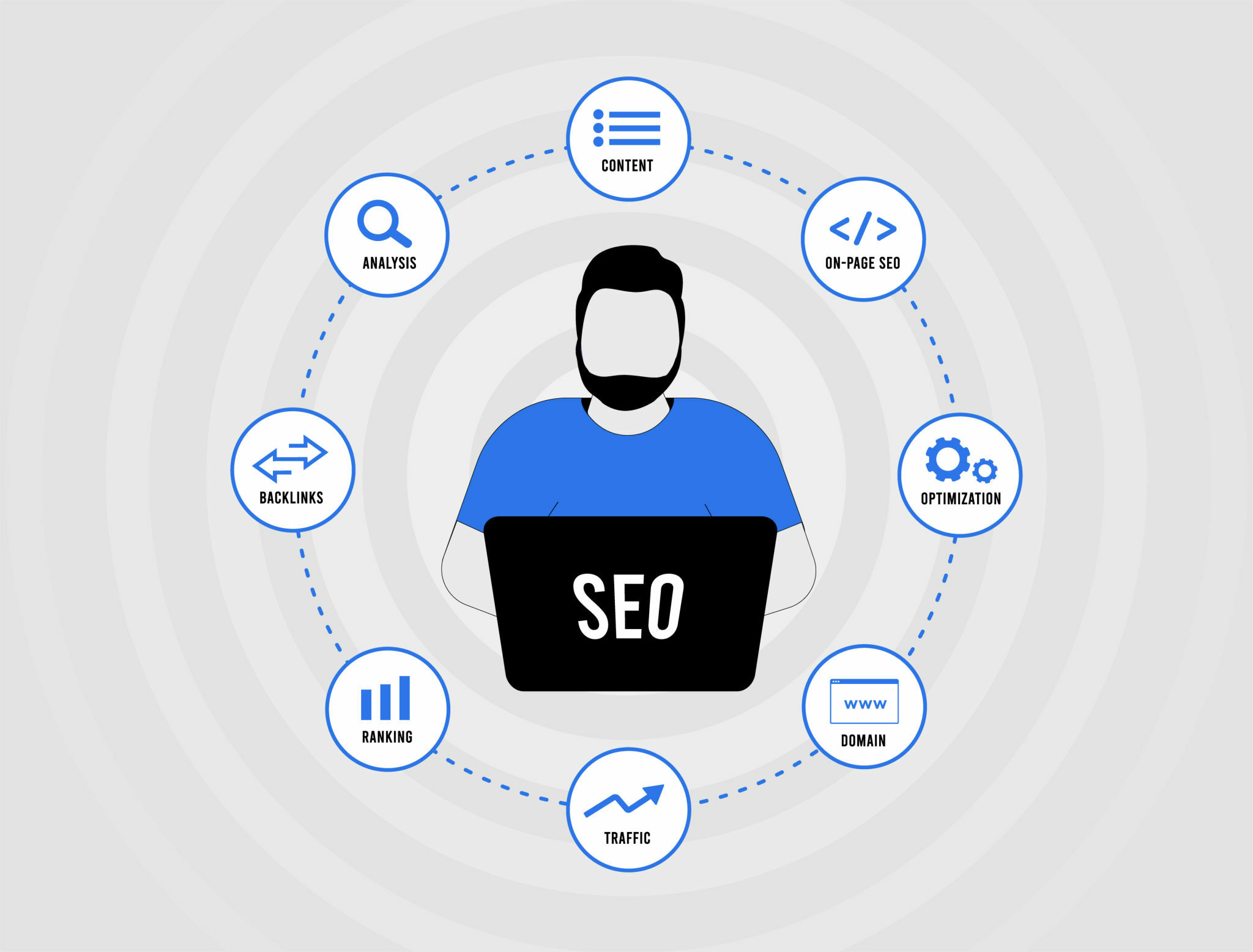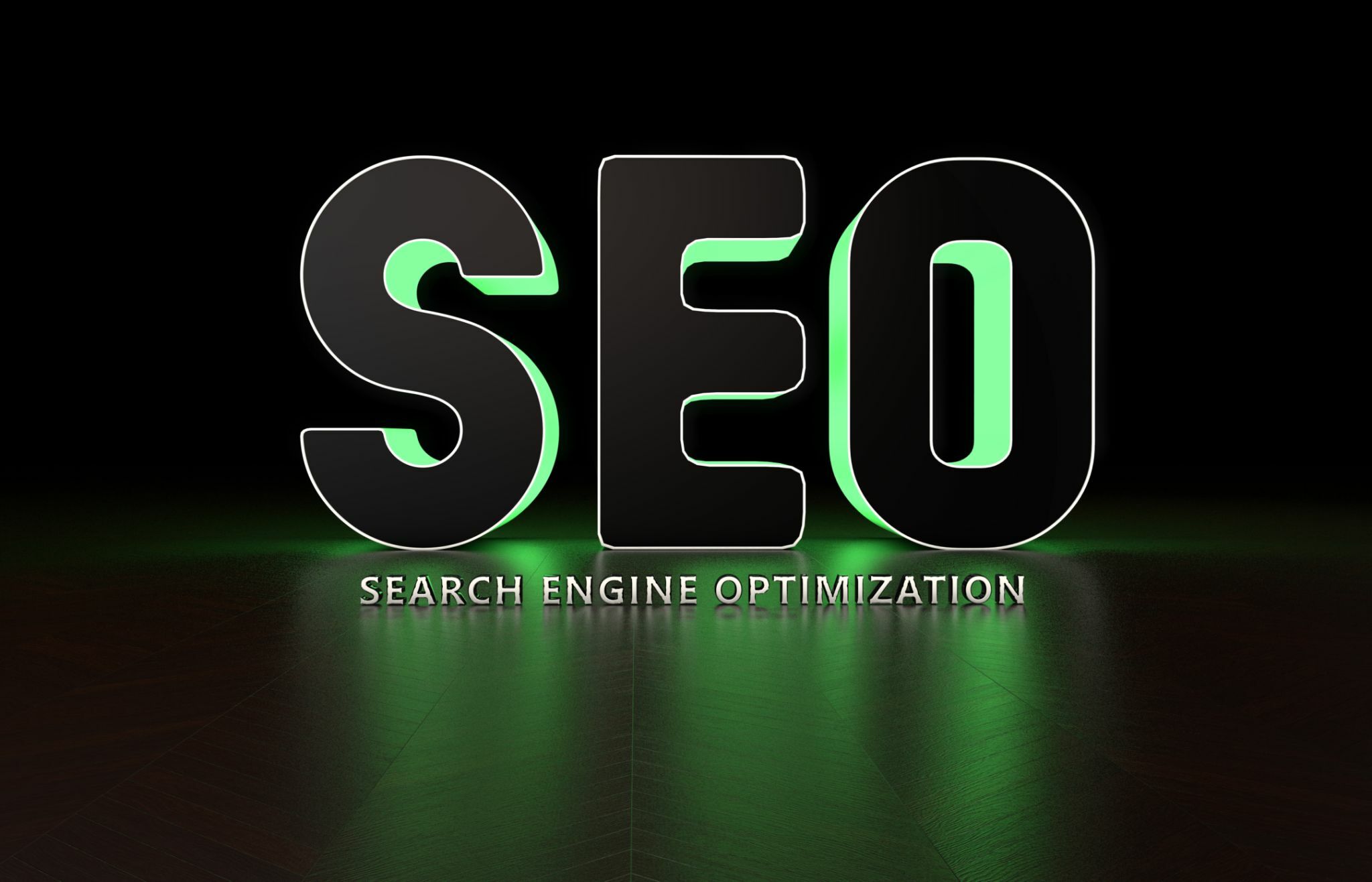Search Engine Optimization (SEO) can be classified as an aspect of digital marketing that plays a vital role in driving organic traffic to websites and improving their online visibility. SEO involves strategies and techniques to optimize a website’s content, structure, and performance to achieve higher rankings in search engine results pages (SERPs). This article will explore what digital SEO marketing means, its types, and its benefits for businesses in the digital era.
What is SEO in digital marketing?
In digital marketing, Search Engine Optimization, commonly known as SEO, refers to enhancing a website’s visibility and relevance in search engine results. It involves various on-page and off-page optimization techniques to make a website liable to search engine users. SEO is to improve organic search rankings, increase website traffic, and ultimately boost conversions and revenue.
Types of SEO in digital marketing
Three types of SEO (Search Engine Optimization) practices are commonly implemented in digital marketing. These types are:
On-Page SEO
On-Page SEO refers to the optimization techniques applied directly on the website’s pages to improve their search engine rankings. It involves optimizing various on-page elements to make the content more relevant and user-friendly.
Key on-page SEO practices include:
- Keyword research and optimization: Identifying relevant keywords and incorporating them strategically into page titles, headings, meta descriptions, URL structures, and content.
- Content optimization: Creating high-quality, informative, and engaging content that aligns with user intent and includes relevant keywords. It optimizes content for readability, structure, and keyword density.
- Meta tags optimization: Title tags and meta descriptions are meta tags that provide accurate and enticing summaries of the page’s content.
- Image optimization: Optimizing images using descriptive alt tags, compressing file sizes, and providing relevant file names.
- URL optimization: Creating SEO-friendly URLs that are concise, descriptive, and contain relevant keywords.
- Internal linking: Strategically linking related pages within the website to improve navigation and enhance the user experience.
Off-Page SEO
Off-Page SEO refers to the optimization efforts that occur outside the website to improve its search engine rankings. It focuses on building the website’s online reputation, authority, and popularity.
Key off-page SEO practices include:
- Link building: Acquiring high-quality backlinks from reputable websites to improve the website’s authority and credibility. This can be done through content promotion, guest blogging, social bookmarking, and outreach to relevant websites.
- Social media marketing: platforms engage with the target audience, share valuable content, and generate social signals that can positively impact search engine rankings.
- Online reputation management: Monitoring and managing the online reputation of the brand or website to ensure positive mentions, reviews, and feedback.
Technical SEO
Technical SEO focuses on optimizing the technical aspects of a website to improve its crawling, indexing, and overall performance. It involves making the website more accessible, user-friendly, and search engine-friendly.
Key technical SEO practices include:
- Website speed optimization: Optimizing website loading times by reducing file sizes, leveraging browser caching, and minimizing server response time.
- Mobile optimization: Ensuring the website is responsive and mobile-friendly to provide a seamless user experience across different devices.
- Site structure and navigation: Optimizing the website’s structure, organizing content in a logical hierarchy, and implementing intuitive navigation to improve user experience and search engine crawler.
How is paid search differs from organic search?
Organic and paid search are two distinct methods of obtaining traffic from search engines. Here’s a breakdown of the differences:
Organic Search
Organic search refers to the natural, non-paid search engine results that appear when a user performs a search query.
Key characteristics of organic search include:
Ranking
Organic search results are displayed based on their perceived relevance to the search query and the website’s overall search engine optimization (SEO) efforts. Websites with solid SEO practices and high-quality content rank higher in organic search results.
No cost required
Organic search results do not require direct payment to search engines for visibility. Instead, businesses invest time and resources in optimizing their websites, creating valuable content, and employing effective SEO strategies to improve their organic search rankings.
Long-term Sustainability
Achieving higher rankings in organic search results generally requires continuous effort and ongoing optimization. It takes time to establish search engine algorithms. However, once a website attains an excellent organic ranking, it can generate sustained traffic and visibility without ongoing monetary investment.
Paid Search
Paid search (SEM) or pay-per-click (PPC) advertising involves businesses paying to display their ads alongside search engine results.
Key aspects of paid search include:
Ranking
Paid search results are displayed separately from organic results and labeled as ads. Additionally, paid search is factored into the amount of bid, ad relevance, and quality scores assigned by search engines. Advertisers bid on specific keywords to show their ads when they are searched.
Cost required
Paid search requires businesses to pay for each click on their ads (cost-per-click or CPC) or for impressions (cost-per-thousand impressions or CPM). The cost is determined through an auction system, where advertisers compete for ad placements based on bid amounts. Advertisers have more control over their visibility by setting budgets and targeting specific keywords and demographics.
Immediate Results
Paid search campaigns can generate instant visibility and traffic to a website. Once an ad campaign is set up and approved, the ads can appear in search results, immediately driving targeted traffic to the website.
Flexibility and Targeting
Paid search allows businesses to target their audience with keywords, demographics, location, and other parameters. This level of targeting enables advertisers to reach specific segments of their target market and optimize their ad spending for better ROI.
Dependency on Budget
Paid search visibility is directly tied to the advertiser’s budget. The ads will no longer be displayed once the allocated budget is exhausted or the campaign is paused. The cost of paid search can vary based on competition for keywords and industry-specific factors.
What are the benefits of SEO in digital marketing?
SEO (Search Engine Optimization) offers numerous benefits in digital marketing. Here are some key advantages:
Increased Organic Traffic
SEO helps improve a website’s visibility in search engine results. By optimizing the website’s content and structure, SEO attracts more organic traffic from search engines. Higher rankings in search results lead to high click-through rates, resulting in more visitors to the website.
Budget-Friendly Strategy
SEO is a cost-effective digital marketing strategy. Unlike paid advertising, where businesses pay for each click or impression, SEO focuses on organic rankings. While initial costs may be associated with SEO implementation and ongoing optimization, the long-term benefits outweigh the costs, as organic traffic generated through SEO does not require direct payment for every visit.
Improved User Experience
SEO emphasizes providing a positive user experience. By optimizing website speed, mobile-friendliness, navigation, and overall usability, SEO enhances the user’s interaction with the website. A well-structured and user-friendly website leads to higher engagement, longer visit durations, lower bounce rates, and increased chances of conversions.
Enhanced Brand Visibility and Credibility
Ranking prominently in search results builds brand visibility and credibility. Users trust search engines to deliver relevant and trustworthy results. Moreover, If your website appears on the first page of search results, your website gains visibility. It is perceived as more credible and authoritative, increasing brand recognition and user trust.
Targeted Traffic and Quality Leads
SEO allows businesses to target keywords and phrases relevant to their products or services. By optimizing the website’s content for these keywords, SEO attracts targeted traffic—users actively searching for what the business offers. This targeted traffic increases the likelihood of quality leads and conversions, as it aligns with user intent.
Long-Term Results
SEO is a long-term investment that yields sustainable results. Although it takes time to see significant improvements in search rankings, the benefits can be long-lasting. A website can maintain and improve its rankings with ongoing optimization and content updates, leading to continuous organic traffic and visibility.
Competitive Advantage
In competitive industries, SEO provides a competitive edge. Businesses that invest in SEO are more likely to outrank their competitors in search results. Higher rankings mean more visibility, potential customers, and a larger market share. By staying ahead in SEO, businesses can establish themselves as leaders in their industry.
Measurable Results and Insights
SEO provides valuable data and insights through various analytics tools. Businesses can track website traffic, keyword rankings, user behavior, and other metrics to measure the effectiveness of their SEO efforts. This data helps make informed decisions, identify improvement areas, and refine SEO strategies to achieve better results.
Also Read: 10 Best Brainstorming Rules for Business Marketing
Conclusion
If you’ve read the above article in every detail, you should now have a solid grasp of the SEO aspect of digital marketing and make an informed decision on which various types to go after.
Subscribe to our email, and we’ll send you digital marketing updates and take advantage of all the opportunities that will come your way. Thank you!

